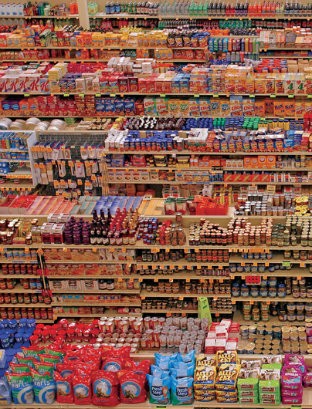Eating in ignorance
Reconciliation requires relocation. To see the effects of our food choices, we have to get close to the land.

It had been another tough day. When Matthew arrived at his office he opened an e-mail that turned his day upside down. Thinking he was going to put the finishing touches on an overdue report, he instead discovered that a branch office was in crisis mode. He spent the day putting out fires he didn’t start.
Matthew was supposed to be home by four so he could prepare dinner for the kids before the night’s soccer practice. That didn’t happen. Running late, he entered the drive-thru restaurant and picked up an order of chicken nuggets, fries, chocolate milk and apple wedges. They all ate in the car on the way to the practice field. His wife was not happy to see the fast food bags—again. But she is really busy too. In his defense, Matthew showed her the uneaten apples as a sign that he was trying to make the best of the situation.
This scenario is hardly atypical. America has been dubbed the “fast food nation” because relatively few of us have the time to make good eating a priority. The drive-thru lanes at fast food chains have a steady stream of vehicles. Grocery store managers who order the tens of thousands of different food products know that convenience is a high priority for consumers, so they stock multiple kinds of prepared and processed items—“foods” that can be prepared quickly with the push of a microwave button.




